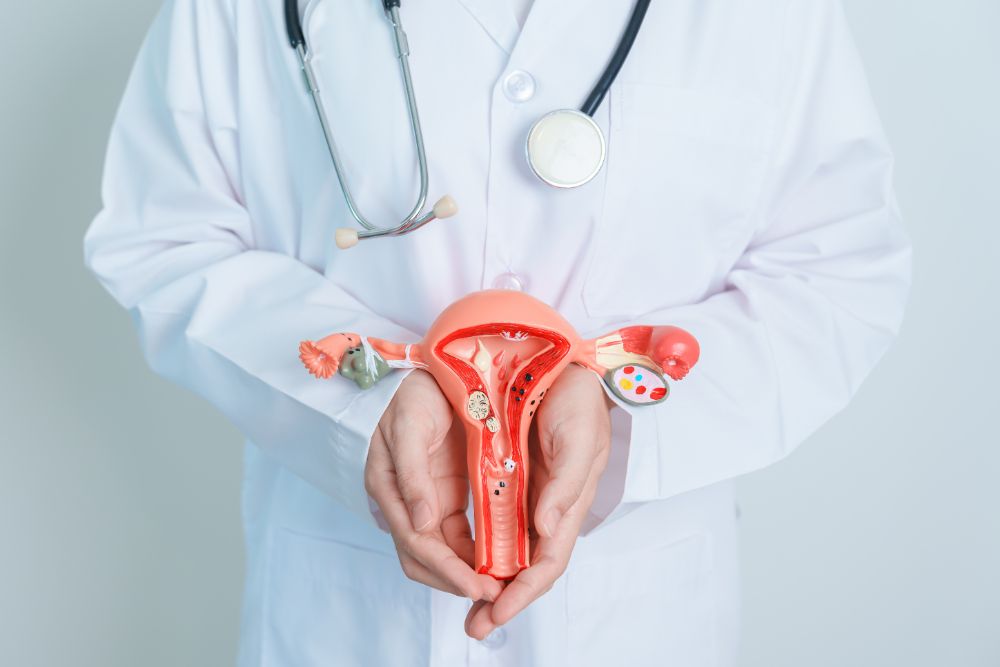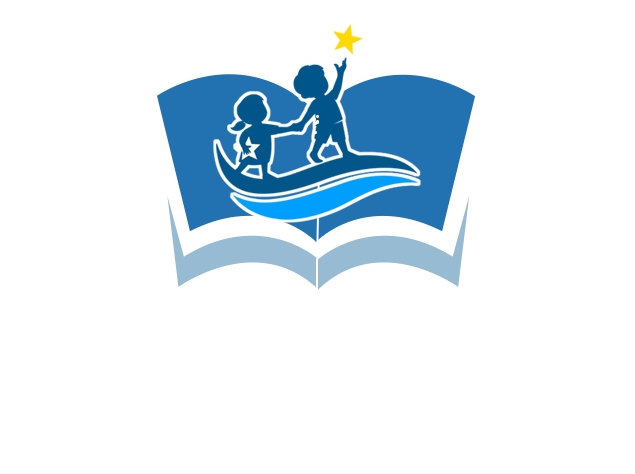Polycystic ovary syndrome (PCOS)
Home » Polycystic Ovary Syndrome (PCOS)
Polycystic Ovary Syndrome (PCOS) is a common endocrine disorder, affecting adolescent girls. Girls suffering from Polycystic Ovarian Disease (PCOD) have multiple small cysts in their ovaries that secrete excessive amounts of androgens (‘male’ hormones such as testosterone) which can cause acne, menstrual irregularity, and hirsutism (excessive hair growth). Patients with PCOD may have some or all these symptoms. There is no cure yet, but there are many ways by which you can decrease or eliminate the symptoms of PCOS.
What To Look For?
- Missed/ irregular/ short duration of period
- Acne
- Thick hair on the face, neck, breasts and tummy

MENSTRUAL ABNORMALITIES
If you experience one or more of these symptoms before or during your periods, you may have a menstrual cycle disorder. These include:
- Abnormal Uterine Bleeding (AUB): which includes heavy menstrual bleeding, no menstrual bleeding (amenorrhea) or bleeding between periods (irregular menstrual bleeding)
- Dysmenorrhea (painful menstrual periods)
- Premenstrual Syndrome (PMS)
Irregular or absent menses could be due to a disease and needs to be evaluated.
HIRSUTISM
Hirsutism is the presence of hair in unwanted areas in females e.g. face, neck, breast, tummy. It is caused by an excess of male hormones called androgens in the body, or if your body is more sensitive to these hormones. In girls and younger women, the most common cause is polycystic ovary syndrome (PCOS), a condition that can cause irregular periods, acne and small cysts in the ovaries. It can also occur due to androgens secreted by the adrenal glands. Tests would be needed to check the hormones responsible for hair in unwanted areas. There are several different treatments that can be used to treat this condition, depending on the cause.

